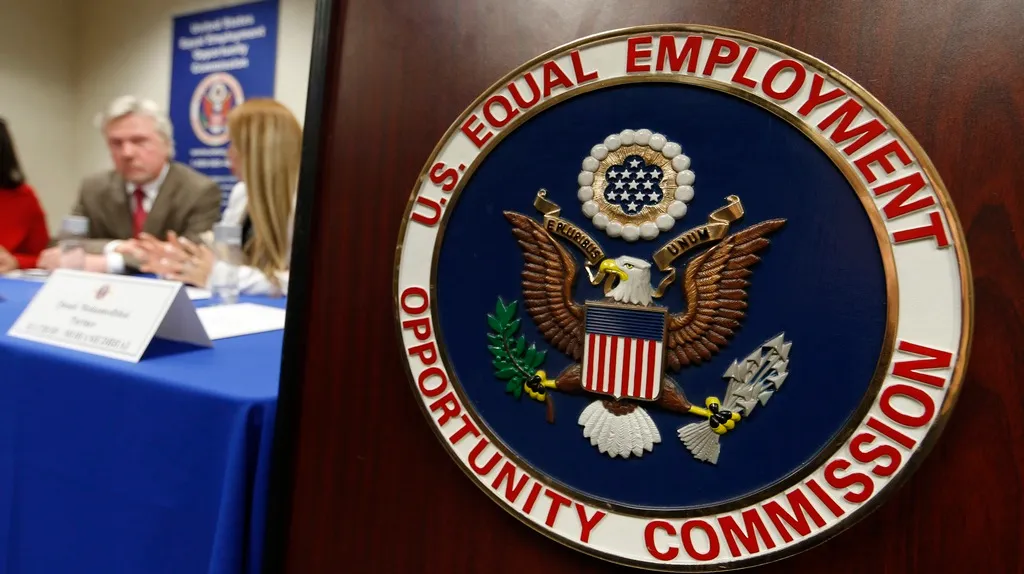December 18, 2015
CDC Says Sex Ed Inadequate to Prevent STDs, Pregnancy
EDGE READ TIME: 4 MIN.
In most of the United States, fewer than half of high schools and only a fifth of middle schools teach all 16 topics recommended by the Centers for Disease Control and Prevention (CDC) as essential components of sexual health education.
�
The findings, released at the National HIV Prevention Conference in Atlanta, are based on CDC's 2014 School Health Profiles. Every other year, these surveys ask schools across the country whether they teach essential topics in HIV, STDs, pregnancy prevention, and other health subjects.
�
CDC selects these age-appropriate topics for middle and high schools based on the scientific evidence for what helps young people avoid risk. The topics range from basic information on how HIV and other STDs are transmitted -- and how to prevent infection -- to critical communication and decision-making skills.
�
"We need to do a better job of giving our young people the skills and knowledge they need to protect their own health," said Jonathan Mermin, M.D., M.P.H., director of CDC's National Center for HIV/AIDS, Viral Hepatitis, STD, and Tuberculosis Prevention. "It's important to teach students about healthy relationships and how to reduce sexual risk before they start to have sex."
�
The report indicates that the percentage of schools providing sexual health education that meets CDC's criteria for sex education is generally low and varies widely by state. Specifically, among 44 participating states:
�
Young People Face Serious Risks
Nearly one-quarter of HIV diagnoses and half of all sexually transmitted infections in the United States occur among those under the age of 25. And while sexual risk behavior among young Americans declined from the 1990s through the early 2000s, progress has stalled. According to CDC's Youth Risk Behavior Surveillance System, the proportion of teens who have ever had sex has remained unchanged (at about 47 percent) for a decade; 15 percent of teens in 2013 said they had had four or more sexual partners, the same number as in 2003. Nearly a third (30 percent) of 9th grade students report having had sex.
�
Teens today are less likely than they were a decade ago to say they used a condom the last time they had sex (today about 59 percent say they did versus 63 percent in 2003). And nearly a quarter (22 percent) drank alcohol or used drugs the last time they had sex -- reflecting no progress in more than two decades.
�
"Lack of effective sex education can have very real, very serious health consequences," said Stephanie Zaza, M.D., M.P.H., director of CDC's Division of Adolescent and School Health. "Young people who have multiple sex partners, don't use condoms, and use drugs or alcohol before sex are at higher risk for HIV and other sexually transmitted infections. School-based sex education is a critical opportunity to provide the skills and information they need to protect themselves."
�
CDC is working with multiple partners to improve school-based HIV, STD, and pregnancy prevention efforts. Ongoing CDC research and survey data helps schools better understand and continually tailor their prevention efforts to address young people's risks -- and to assess where schools are succeeding or falling short, to focus future efforts. CDC provides direct funding for state, local, and territorial agencies to develop and implement evidence-based sexual health education policies and programs.
For more information, visit www.cdc.gov/nchhstp/newsroom



